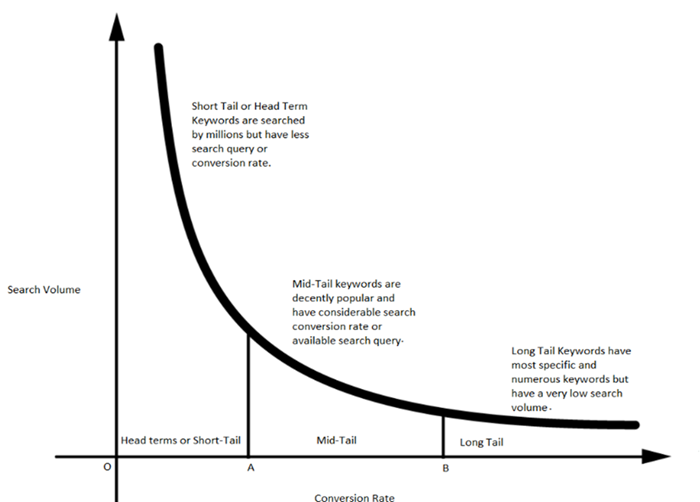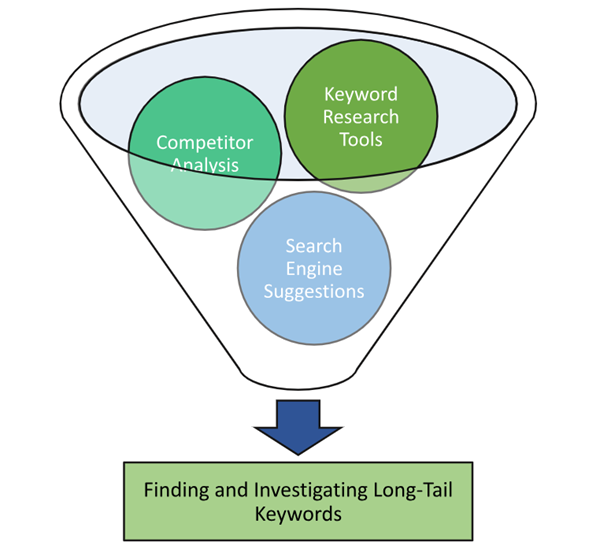
- SEO - Home
- SEO - What is SEO?
- SEO - Tactics & Methods
- SEO - On Page Techniques
- SEO - Off Page Techniques
- SEO - Web Site Domain
- SEO - Relevant Filenames
- SEO - Design & Layout
- SEO - Optimized Keywords
- SEO - Long-tail Keywords
- SEO - Title Tags
- SEO - Meta Description
- SEO - Optimized Metatags
- SEO - Optimize for Google
- SEO - Robots.txt
- SEO - URL Structure
- SEO - Headings
- SEO - Redirects
- SEO - Authority & Trust
- SEO - PDF Files
- SEO - Optimized Anchor
- SEO - Optimize Images
- SEO - Duplicate Content
- SEO - Meta Robots Tag
- SEO - Nofollow Links
- SEO - XML Sitemap
- SEO - Canonical URL
- SEO - Role of UI/UX
- SEO - Keyword Gap Analysis
- SEO - Get Quality Backlinks
- SEO - Adding Schema Markup
- SEO - Author Authority
- SEO - Fix Broken Links
- SEO - Internal Page Linking
- SEO - Clean Up Toxic Links
- SEO - Earn Authority Backlinks
- SEO - Core Web Vitals
- SEO - Update Old Content
- SEO - Fill Content Gaps
- SEO - Link Building
- SEO - Featured Snippets
- SEO - Remove URLS from Google
- SEO - Content is the King
- SEO - Verifying Web Site
- SEO - Multiple Media Types
- SEO - Google Passage Ranking
- SEO - Maximize Social Shares
- SEO - First Link Priority Rule
- SEO - Optimize Page Load Time
- SEO - Hiring an Expert
- SEO - Learn EAT Principle
- SEO - Mobile SEO Techniques
- SEO - Avoid Negative Tactics
- SEO - Misc Techniques
- SEO - Continuous Site Audit
- SEO - Summary
- SEO Useful Resources
- SEO - Quick Guide
- SEO - Useful Resources
- SEO - Discussion
SEO - Long-tail Keywords
Keywordsare essential in SEO approaches, as they directly impact how well websites perform in search engine result pages (SERPs). While many SEO professionals focus on optimising for quick, non-exclusive catchphrases, taking advantage of long-tail keyword control is crucial. The importance of long-tail keywords for SEO will be examined in this chapter, along with the steps for effectively incorporating them into your optimisation efforts.
Understanding Long-Tail Keywords
Long-tail keywords focus on keyword expressions that regularly comprise three or more words. Unlike brief catchphrases, long-tail catchphrases are more particular and reflect the user's expectations, making them essential for clients and search engines. For case, a short-tail term can be "headphones", whereas a long-tail term may be "white Bluetooth over-the-ear headphones."

Benefits of Long-Tail Keywords
Targeted Traffic − Long-tail keywords pull in guests looking for particular data or items. Focusing on these questions drives exceedingly significant activity to your site, expanding the probability of transformations and engagement.
Less Competition −Brief, non-specific keywords regularly have tall competition, challenging ranking well in search results. On the other hand, long-tail catchphrases have lower competition, permitting you to target speciality gatherings of people and increase your chances of positioning higher.
Higher Conversion Rates − Since long-tail keywords are more particular and intelligent of client expectations, they draw clients closer to buying or looking for specific data. Subsequently, guests from long-tail keywords regularly have higher change rates than standard look terms.
Finding and Investigating Long-Tail Keywords
Keyword Research Tools − Utilize keyword inquiry-about instruments like Google Keyword Organizer, SEMrush, or Ahrefs to find long-tail keywords related to your speciality. These apparatuses give experiences into look volume, competition, and other vital measurements to assist you in distinguishing pertinent long-tail keywords.
Search Engine Suggestions − Take advantage of look motor proposals by writing your fundamental keyword into the look bar. Look motors regularly give autocomplete recommendations that can grant you thoughts for long-tail keywords.
Competitor Analysis − Analyse the catchphrases your competitors focus on and distinguish any long-tail keywords they can ignore. This will give you a competitive advantage by focusing on speciality catchphrases your competitors need to optimize for.

Incorporating Long-Tail Keywords in Your SEO Strategy
Content Optimization − When making substance for your site, coordinate long-tail keywords typically into your titles, headings, and body content. Guarantee that the catchphrase utilisation is significant and gives esteem to the peruser instead of stuffing them excessively.
Blogging and Content Creation − Create a substance technique that centres on long-tail keywords. Make web journal posts, articles, and other shapes of substance that target particular long-tail sayings. This approach will not, as it was, offer assistance in driving biological activity but too set up your site as an essential asset in your niche.
Product and Service Pages − Optimize your item or benefit pages with long-tail keywords that adjust with the particular highlights, benefits, or arrangements your offerings give. This will assist in pulling in profoundly important activity from clients more likely to convert.
User Intent − Get the expectation behind long-tail keywords and make a substance that adjusts with those eagerly. Decide if the client is seeking data, looking to create a buy, or attempting to unravel an issue, and tailor your substance in like manner.
Checking and Adjusting
Analytics − Frequently screen your website's analytics to assess the execution of your long-tail catchphrases. Keep track of biological activity, engagement measurements, and changes to survey the viability of your optimisation efforts.
A/B Testing − Test with diverse long-tail keywords to see which performs best. Conduct A/B tests by making numerous forms of your substance, each focusing on various long-tail catchphrases, and analyse the results to refine your methodology.
Reduced Costs Due to Fewer Competitors
Long-tail keywords are helpful for businesses who want their content to appear in Google's organic search results. They might, however, be a more valuable resource for marketing agencies running paid search campaigns.
Since there is less competition when you bet on long-tail keywords. Therefore, the rate per click will undoubtedly be lower.
You can enhance ad ranks on pertinent searches without increasing your click-through rate by utilising lengthier, more specific long-tail keywords in your advertising initiatives.
Finding a dependable, sustainable supply of long-tail keywords that suit you and the subject matter is the secret to success.
Long-Tail Keyword Identification
You can focus on nearly any long-tail term with your content because there are so many. There are various tried-and-true methods for determining the long-tail keywords most pertinent to your site's customers and viewers.
Proceed to Google and look at the autocomplete possibilities
Typing a broad phrase into Google (or any other search engine) and seeing what autocomplete recommendations emerge is an excellent place to assemble a list of long-tail keywords.
Browse through similar searches at the bottom of the search results page
You won't have to make any predictions or guesses using this method to see precisely what topics are trending on Google. But there are more optimally efficient approaches for finding long-tail variants.
Short-tail keywords should include qualifiers
Include keywords pertinent to your brand, offering, or content with eligible words.
Use question-modifying words like "what" and "how"
Google users increasingly search for questions instead of direct statements in their searches. Make sure to add a few long-tail questions that start with modifiers like "what," "how," "where," etc., while you're thinking of what your intended customer base would ask.
Check out the history of searches on your website
Research what consumers seek if your website offers an internal search feature. Certain queries can focus on specific data or ask exact questions.
Investigate the competition
You may check out the precise long-tail keywords that other businesses use to rank higher in the SERP for more broad searches with the aid of Google search and SEO tools.
Analyse the gaps
To determine which subject matters and long-tail keywordsto focus on in your websites, you must analyse the content for topics you aren't addressing or performing strongly for. This procedure is known as Gap Analysis.
Final Thought is
Long-tail keywords are a capable apparatus in your SEO arsenal. By focusing on particular, exceedingly important keyword expressions, you'll pull in focused on activity, increment transformations, and move forward your website's permeability in search engines comes about. Consolidating long-tail catchphrases into your SEO technique requires careful inquiry, optimization, and ongoing monitoring. Remember that the key is to supply esteem to clients while adjusting to their aim, coming about in an effective SEO campaign.